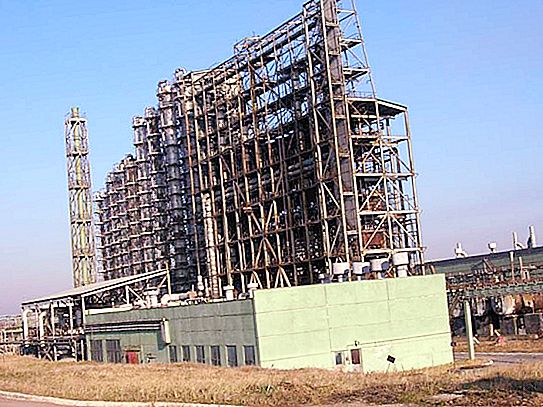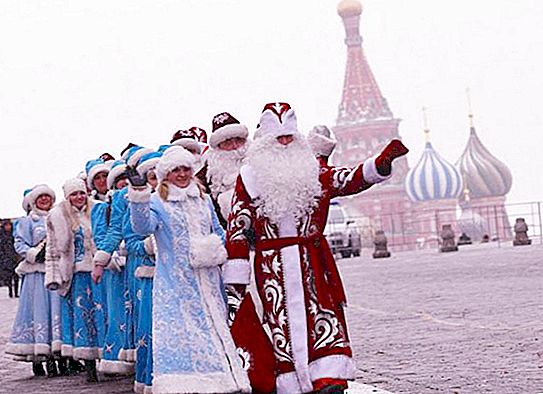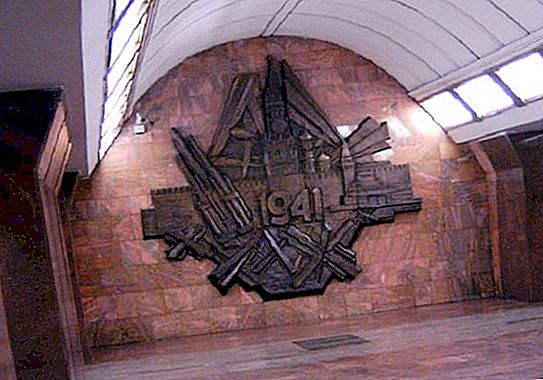Novocheboksarsk is one of the cities of the Russian Federation. Located in the Republic of Chuvashia. An urban district with the same name is associated with it. The economy of the city is well developed. Its main driver is industrial production. The article answers the question "How many people are in Novocheboksarsk?"
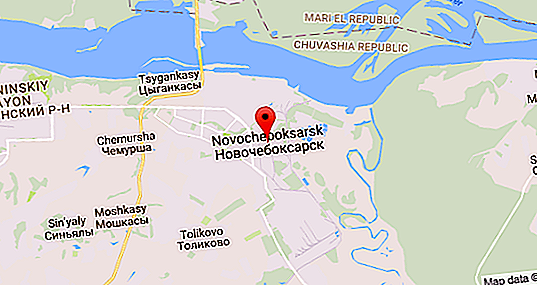
History of the city
The city has an ancient history. A couple of sites of the Stone Age era were discovered here (15.5 thousand years ago). There are also remains of Bronze Age villages. In the historical past, the first settlements appeared in the X century, during the formation of the Volga Bulgaria. Active settlement took place in the XIII-XIV centuries. The city itself was built relatively recently - in 1960, which was associated with the foundation of a chemical plant. The increase in its size was very fast. In 1983, the population was 100, 000.
Administrative division
Novocheboksarsk is divided into 3 areas: Western, Eastern and Southern. Each of them includes a number of housing estates.
Geographic features
The city is located 17 kilometers from the capital of the Chuvash Republic, Cheboksary, on the right bank of the Volga. It is a significant transport and economic center. It has an important freight railway, river port and a bridge across the Volga.
Novocheboksarsk is located in the Moscow time zone (MSK).
The city is located on a slightly hilly plain of a wavy type, which is dissected by river valleys, streams and ravines. Landslide phenomena often arise here, the formation of ravines, wetlands and flooding of lowlands occurs.
The environmental situation in the city varies by district. In the industrial part, it is significantly worse. The level of air pollution is also affected by emissions from vehicles.
Climate
The city is located in a typical temperate continental climate. Moderately hot summers and rather cold winters are characterized by unstable weather - fogs, various types of precipitation and clear days. Due to climate warming, winters have become significantly milder. It is noted that the warmest weather corresponds to the south and southwest winds, and the coldest to the north.
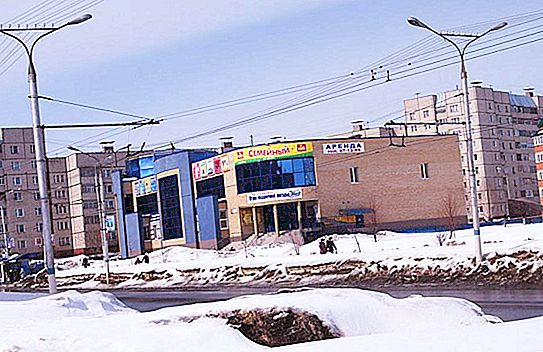
The maximum rainfall occurs in the summer, especially in July (71 mm), and the minimum in February and March (24 mm each).
Population of Novocheboksarsk
This city is not very large. In 2017, the population of Novocheboksarsk amounted to 126, 072 people. The rapid growth of this indicator continued until 1990, after which it was replaced by a relatively stable state with small fluctuations. Since then, it has remained virtually unchanged.
According to the population, the city of Novocheboksarsk is on 132 place among the cities of the Russian Federation. Within Chuvashia, he takes second place after the administrative center.
The most common nationality in the population of Novocheboksarsk are the Chuvashs. Then follow the Russians, and then the Tatars. Among other citizens there are Ukrainians, Belarusians, Maris and many others.
The dynamics of the population of Novocheboksarsk in recent years
In recent years, the number of residents has not changed very much. The range of fluctuations ranged from 124 to 127 thousand people. From 2006 to 2009, there was an increase in population from 125, 500 to 127, 200 people. However, in 2010 it fell sharply and amounted to 124 097. From 2010 to 2014, the number of residents remained approximately constant. However, then growth began, and in 2017, there were 2 thousand more residents in the city. It turns out that, despite the economic crisis of recent years, the population, on the contrary, began to grow.
City Economy
Novocheboksarsk is distinguished by the high development of the industrial sector. Energy, chemistry and the construction industry are its peculiar skeleton. The most significant enterprise is Khimprom. The most important energy object is the Cheboksary Hydroelectric Power Station, which works, among other things, in neighboring regions. In total, there are 219 enterprises in the city, including 18 basic ones.
Construction is also one of the most important areas of the city’s economic life. So, 2 million square meters were built. m of housing, modern residential areas, developed infrastructure, as well as the Cheboksary hydroelectric station and enterprise buildings.
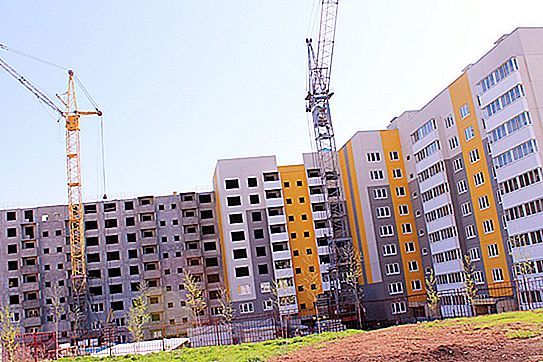
The development of the economy here follows the path of development of market relations and structural adjustment. This creates additional difficulties for enterprises. Nevertheless, there is an increase in production and output. The role of small business is increasing in the city and the number of entrepreneurs is growing.
The most important sectors of the economy
Now in Novocheboksarsk, in addition to the large-scale industry of the Soviet era, other areas are developing. In general, the structure of industries is as follows:
- Metalworking and mechanical engineering. LLC Unitech specializes in them.
- Chemistry and oil refining. Such industries as ZAO NPP Spektr, OAO Khimprom, ZAO DuPon Himprom, ZAO SV-Service, OAO Percarbonate are responsible for these industries.
- Light industry. Involved in it: Pike Sewing Factory LLC, Status Plus CJSC, Elite CJSC.
- Power industry. It is being developed by enterprises: Cheboksarskaya HPP and Novocheboksarskaya CHPP-3.
- Production of building materials. Such companies as Zhelezobeton OJSC, NZSM OJSC, Hydromechanization OJSC, ISK OJSC, Asphalt Concrete Plant, Chevle company are engaged in this.
Financial activities
In Novocheboksarsk there are branches of various commercial banks: Sberbank, Svyaz-Bank, Avangard Bank, Avtovazbank, Megapolis Bank and others.
Transport
The most important transport routes are the freight railway, the federal highway P176 “Vyatka”, the Volga Shipping Route. Branches to enterprises depart from the main line of the railway. Shuttle taxis run in the city.
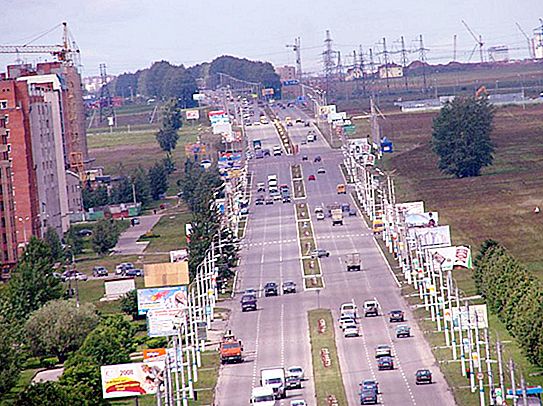
Bus transport is represented by four routes within the city, and there are 32 suburban, 11 intercity and 7 interregional routes.

Trolleybuses run on five routes, the total length of which is 121.9 km.

